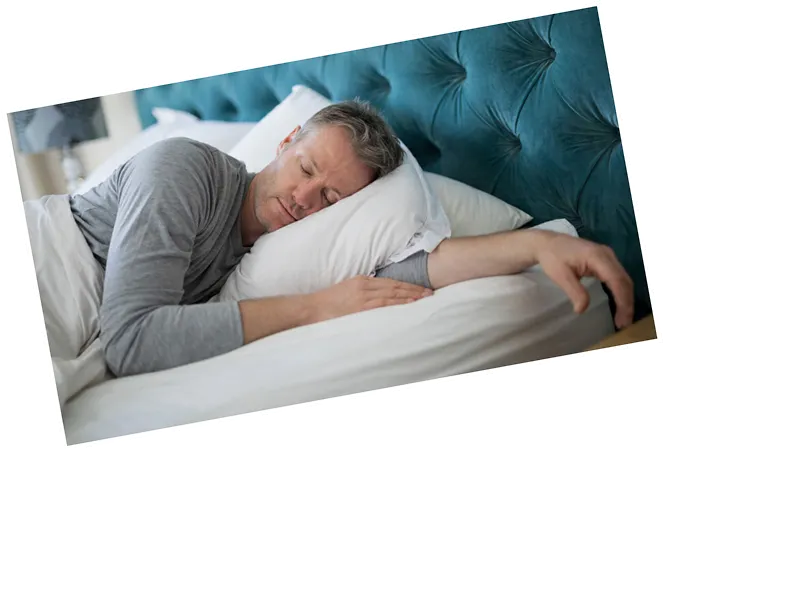Understanding Sleep Needs Across Different Ages
Sleep is an essential component of a healthy lifestyle, and the amount of sleep required varies significantly as we age. From infancy to old age, understanding how sleep needs change can help individuals maintain their overall health and well-being. According to sleep expert Reza Weigel, the number of hours a person needs to sleep is influenced by their stage of life, with newborns and the elderly often requiring more rest.
Infants and Young Children: The Foundation of Sleep
In the early stages of life, sleep is crucial for growth and development. Newborns, from birth to three months, typically require 14 to 17 hours of sleep daily. As they grow, their sleep needs gradually decrease. For instance, children aged one to two years need about 11 to 14 hours, while those aged three to five require around 10 to 13 hours of sleep. The National Sleep Foundation emphasizes that adequate sleep supports the development of the central nervous system and overall health.
Adolescents: Sleep and Cognitive Development
During adolescence, the need for sleep remains high, with teenagers aged 14 to 17 recommended to get 8 to 10 hours of sleep per night. However, many teenagers face social and academic pressures that often lead to insufficient sleep, which can negatively impact their concentration, memory, and mood. Addressing these challenges is vital for their cognitive development and overall mental health.
Adults: The Shift in Sleep Needs
As individuals transition into adulthood, their sleep requirements change again. Adults aged 18 to 64 should aim for 7 to 9 hours of sleep each night. Insufficient sleep in this age group can lead to serious health issues, including increased blood pressure and cardiovascular disease. Creating a conducive sleep environment and maintaining a regular sleep schedule are essential strategies for adults to improve their sleep quality.
The Elderly: Navigating Sleep Changes
For those over 65, the recommended amount of sleep remains at 7 to 8 hours, but they often experience fragmented sleep and more frequent awakenings. Biological changes, such as decreased melatonin production, can affect sleep quality. Establishing a consistent sleep routine and minimizing disruptions can enhance the sleep experience for the elderly, promoting better health outcomes.
In conclusion, understanding sleep needs across different life stages is crucial for maintaining a healthy lifestyle. By prioritizing sleep and adapting to the body's changing requirements, individuals can support their physical and mental well-being throughout their lives.
- Sleep is not just about quantity but also quality. Experts recommend creating a sleep-friendly environment, which includes a dark, quiet room and avoiding screens before bedtime. Additionally, practicing good sleep hygiene, such as regular exercise and a healthy diet, can significantly improve sleep quality at any age. Moreover, the societal pressures on teenagers and adults to perform can lead to chronic sleep deprivation, which is a public health concern. Addressing this issue requires a collective effort from parents, educators, and employers to promote a culture that values adequate sleep as a fundamental part of health.






